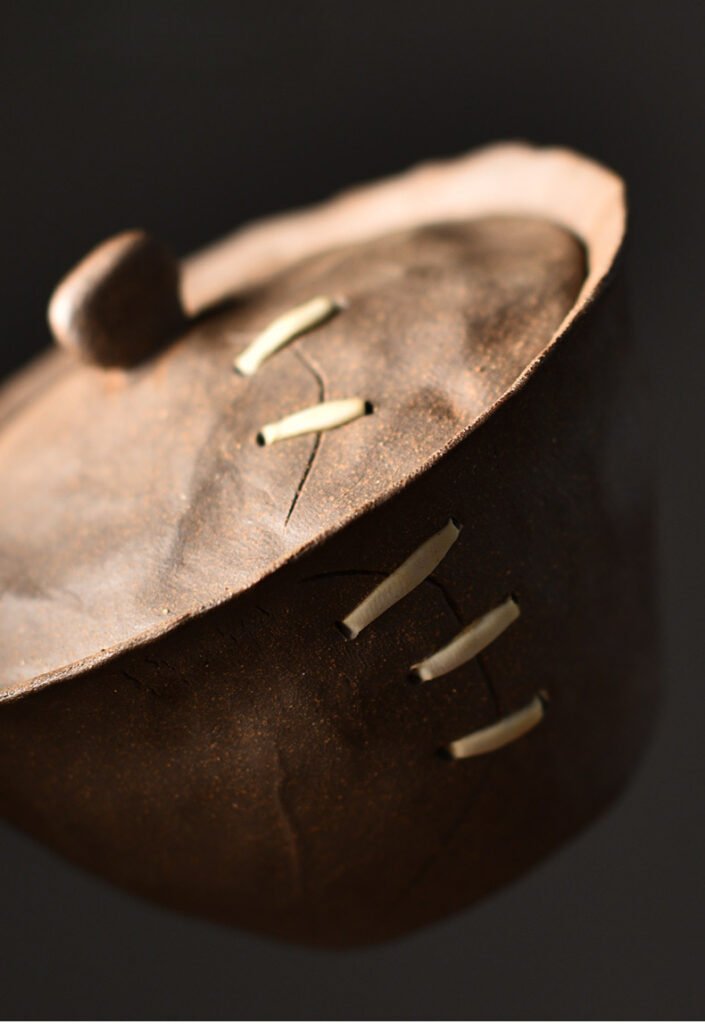Ceramic cups do more than hold tea or coffee—they hold culture, history, and the quiet beauty of daily life. Across East Asia, China and Japan each have rich ceramic traditions, shaped by philosophy, lifestyle, and a deep reverence for craft.
Though both cultures value ceramics as functional art, their styles speak different visual languages. Let’s explore the unique characteristics that set Chinese and Japanese ceramic cups apart—and what each can bring to your table.
✦ Chinese Ceramic Cups: Grace, Symbolism, and Refined Beauty
Chinese ceramics trace back over 2,000 years and are often associated with imperial elegance and scholarly rituals. In tea culture, the teacup (茶盏 / cházhǎn) reflects harmony, balance, and the pursuit of refinement.
Key Features:
- Delicate Forms: Thin walls, often light and translucent, especially in porcelain (e.g., Jingdezhen ware).
- Ornate Decoration: Dragons, flowers, calligraphy, and symbolic motifs like clouds, cranes, and lotus.
- Glazes: Celadon (青瓷), white porcelain, and rich cobalt blue (青花瓷) dominate traditional styles.
- Functionality: Designed for gongfu tea—small cups for focused, slow sipping.
Cultural Essence:
Chinese cups reflect Confucian ideals—order, beauty, and the balance of heaven and earth. They feel formal, graceful, and intellectual.
“Chinese Rustic Clay Fired Gaiwan – Dunhuang Hand-Painted Series| Handmade Collectible Teaware”
One Percent Clay Chinese Rustic Clay Fired Gaiwan – Dunhuang Hand-Painted Series
Wood-fired in rich brown tones, this gaiwan is adorned with hand-painted floral and bird designs, echoing the vibrant scenes of Dunhuang. Crafted with a rustic, natural beauty, it is accompanied by a tray, inviting you to experience the whispers of millennia-old culture and nature with every sip of tea.


✦ Japanese Ceramic Cups: Texture, Imperfection, and Wabi-Sabi
Japanese ceramic cups, or yunomi (湯のみ), carry a more rustic, earthy soul. Rooted in Zen Buddhism and the philosophy of wabi-sabi, Japanese wares embrace imperfection and natural simplicity.
Key Features:
- Thicker Walls: Hand-feel is often weightier, emphasizing tactility and warmth.
- Natural Glazes: Ash, Shino, or Oribe glazes create flowing, unpredictable patterns.
- Asymmetry: Slight warps, uneven rims, or rough textures are celebrated, not corrected.
- Use: Often for everyday tea drinking, casual and meditative.
Cultural Essence:
Japanese cups are intimate and imperfect. They celebrate the handmade, the accidental, and the quiet beauty of simplicity. No two are alike—and that’s the point.
Vintage Coarse Pottery Tea Set – Origin Series| Handmade Old Clay Tea Cups
The brown coarse clay body, like an ancient artifact, features stitching marks that tell the story of time. With handcrafted beauty, as you sip tea, you can feel the rawness of nature and the whispers of time.


✦ Chinese vs. Japanese Cups: At a Glance
| Element | Chinese Style | Japanese Style |
|---|---|---|
| Shape | Elegant, symmetrical | Organic, asymmetrical |
| Texture | Smooth, polished | Rough, tactile |
| Glaze | Refined celadon, blue-and-white | Natural ash, earthy tones |
| Philosophy | Harmony, symbolism, ritual | Wabi-sabi, impermanence, intimacy |
| Use Context | Gongfu tea ceremonies | Daily tea drinking, slow living |
✦ Why It Matters: Choosing a Cup That Speaks to You
When you choose a ceramic cup—whether Chinese or Japanese—you’re choosing more than aesthetics. You’re choosing a way of experiencing the world.
- Love ceremony, poetry, and timeless grace? A Chinese teacup might be for you.
- Prefer earthy tones, quiet mornings, and the handmade? A Japanese yunomi could be your match.
At One Percent Clay, we embrace both traditions—honoring the stories behind every cup, the hands that shaped them, and the fire that gave them life.
✦ Ready to Experience the Difference?
Browse our curated Ceramic Cup Collection—where Chinese elegance meets Japanese soul. Whether you’re drawn to celadon finesse or rustic wabi-sabi warmth, there’s a vessel here waiting to hold your story.
Hold the culture. Sip the craft.
That’s the beauty of ceramic.


